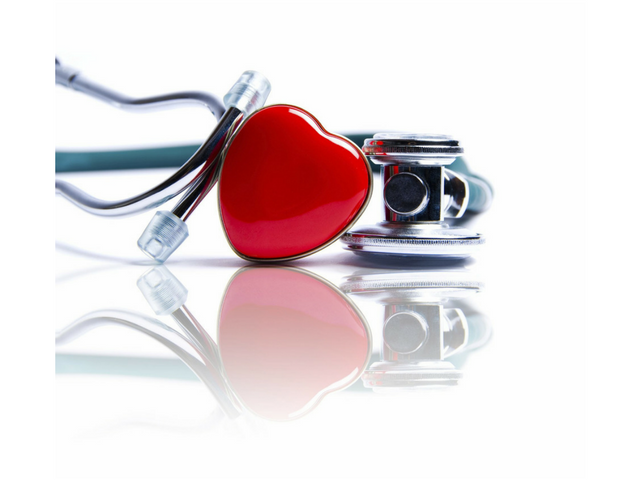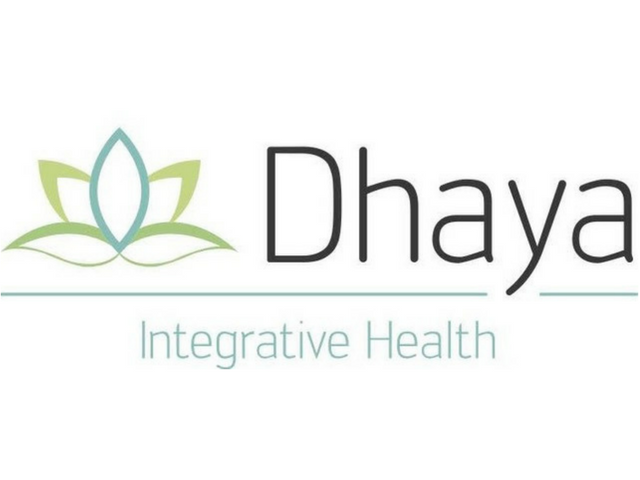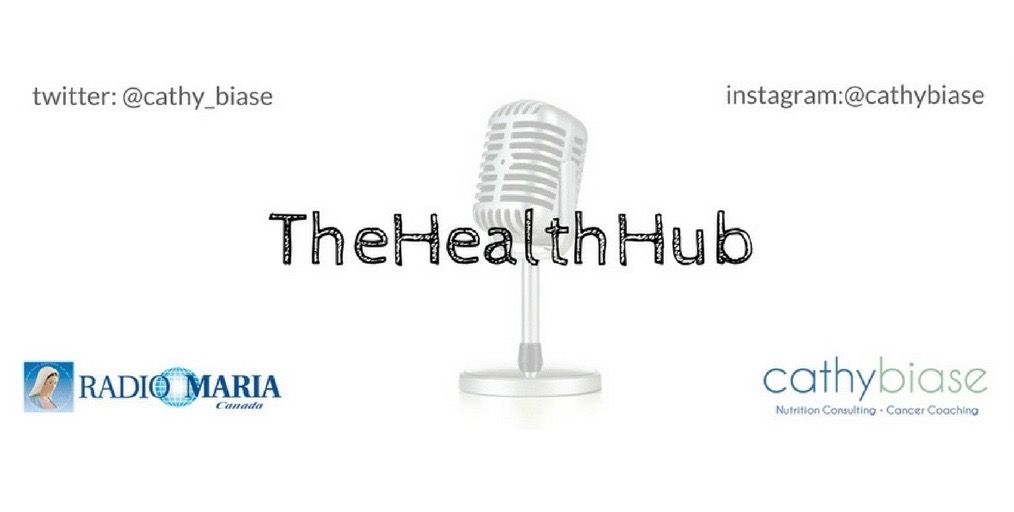February is Heart Month in Canada. It is a time during which awareness is raised about the importance of cardiovascular health and ways to reduce the risk of cardiovascular disease are discussed. Coinciding with Heart Month is a recent release in the journal Circulation. In this issue the American Heart Association warned that breast cancer patients and survivors who have undergone certain chemotherapy and radiation treatments could be at risk for heart failure and other cardiac problems both in the near term and sometimes years after treatment. The American Heart Association was quick to state that they are not recommending that treatments should be avoided. What they are saying is that the study offers to us the understanding that counteracting these possible cardiovascular side effects of treatment should be attended to by breast cancer patients and their oncologists.
I found this excerpt from the study of particular interest:
Improvements in early detection and treatment of breast cancer have led to an increasing number of breast cancer survivors who are at risk of long-term cardiac complications from cancer treatments. For older women, CVD (cardiovascular disease) poses a greater mortality threat than breast cancer itself.
So what does attending to our cardiovascular health look like after treatment?
I don’t think that is it surprising to learn that the primary tenets of a heart healthy lifestyle include regular exercise and maintaining a healthy diet.
Regular Exercise
Exercise has many positive effects on our cardiovascular health, including managing weight, regulating cholesterol and controlling blood pressure. Exercise is anything that makes you move your body and burn calories. For overall heart health American Heart Association recommends
- At least 30 minutes of moderate-intensity aerobic activity at least 5 days per week for a total of 150
OR
- At least 25 minutes of vigorous aerobic activity at least 3 days per week for a total of 75 minutes; or a combination of moderate- and vigorous-intensity aerobic activity
AND
- Moderate- to high-intensity muscle-strengthening activity at least 2 days per week for additional health benefits.
Healthy Diet
Eating a healthy diet is vital for heart health. A heart healthy diet should:
- include a wide variety of whole foods
- be devoid of processed foods
- be primarily vegetarian
- be as organic as possible
- aim for 30-40 grams of fiber a day
Diet and lifestyle are where we must start in building a heart healthy lifestyle after breast cancer treatment. And this is a plan for life.
When we know the possible side effects of treatment we can start to build a strategy to get ahead of them, at worst minimizing them and at best avoiding them all together.









